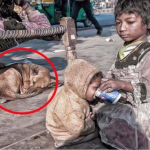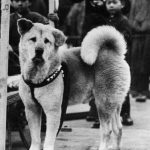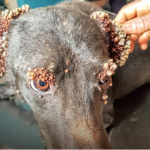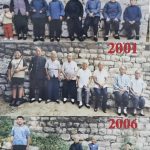The Transformation of Compassion — Beyond the “Ugly Duckling”


The story “An Ugly Duckling No More” is a poignant reflection on compassion, resilience, and the redemptive power of love. On the surface, it tells the story of a neglected animal rescued from a life of suffering. Yet beneath its gentle words lies a deeper message — that beauty, worth, and hope can emerge even from the darkest corners of pain. Through vivid imagery and emotional sincerity, the piece becomes not just a tale of one animal’s recovery, but a universal reminder of empathy and second chances.
The opening lines immediately capture the reader’s attention through contrast: heartbreak intertwined with hope. The “before picture” becomes a symbol of despair — the frail body, the raw skin, and the eyes that still “flicker with hope.” This description does more than evoke pity; it humanizes the animal, turning him into a vessel of emotion that anyone can relate to. In that look, the reader sees fear, loneliness, and an unspoken desire to be loved — emotions that transcend species. This anthropomorphic approach allows the narrative to bridge the gap between human and animal suffering, appealing to both empathy and moral responsibility.
The writer’s phrase “a little life on the verge of giving up” captures the fragility of existence, yet also hints at transformation. It is at this precise moment — the edge of despair — that kindness intervenes. The rescuer becomes a symbol of humanity at its best: selfless, compassionate, and transformative. The transition from “starvation and illness” to “joy and love” embodies not only physical healing but also emotional resurrection. In that transformation, the reader witnesses the power of love as a life-saving force, capable of turning pain into purpose.
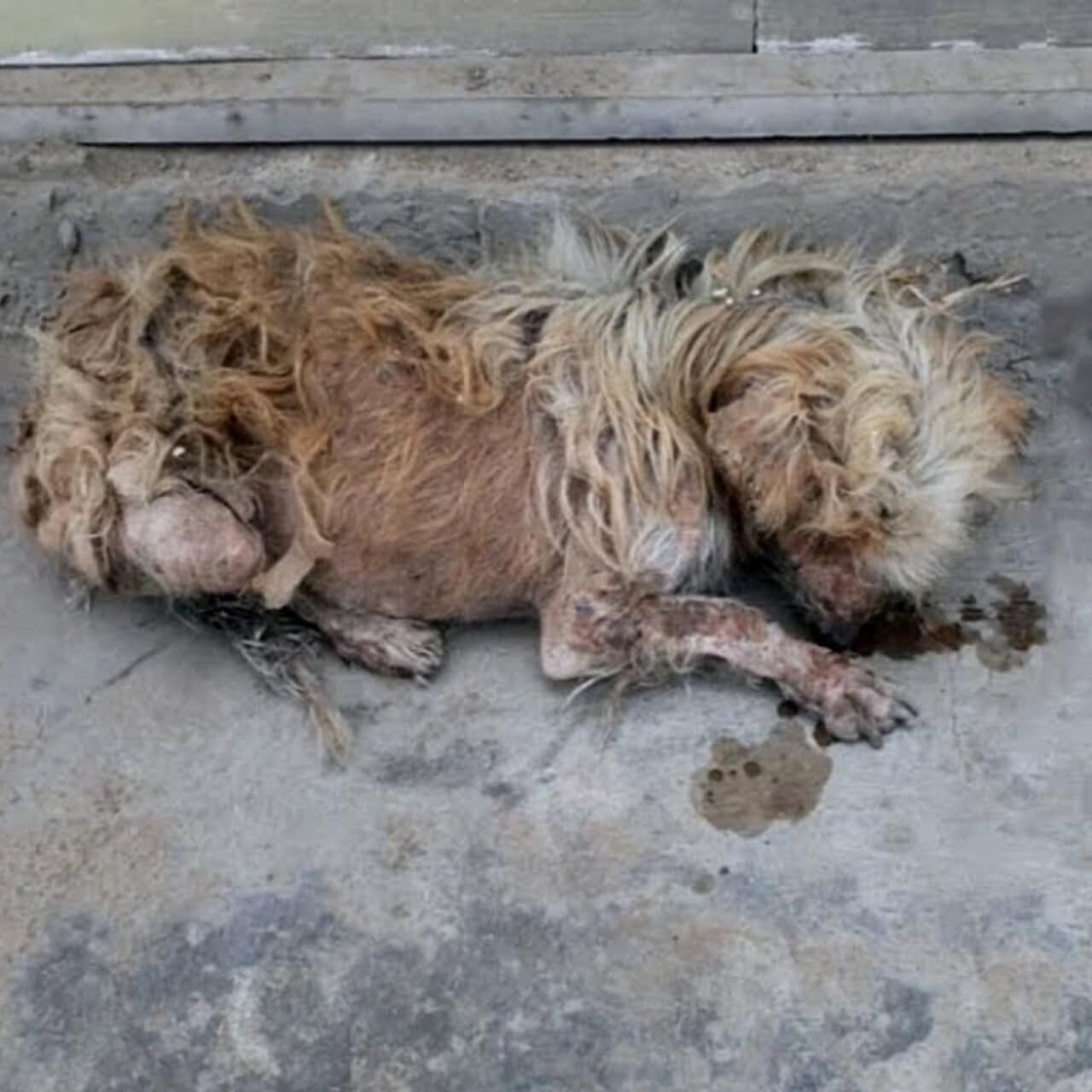
The story’s central metaphor — the “ugly duckling” — pays homage to Hans Christian Andersen’s timeless tale, but with a modern and moral twist. In Andersen’s version, the duckling’s beauty was revealed through physical transformation; here, the beauty is found in resilience, not appearance. The text redefines what it means to be beautiful: “It’s about a resilient spirit, a brave heart, and the capacity to love even after being hurt.” This line is not only the emotional heart of the story but also its ethical message. It challenges the superficial standards of beauty and worth that often dictate both human and animal judgment.
The narrative structure — from despair to hope, from abandonment to belonging — mirrors the archetypal “redemption arc” found in literature and life. Each sentence contributes to a rhythm of renewal. The repeated use of “He is…” reinforces identity and reclamation; this once-forgotten being now stands as a symbol of strength. The closing appeal — “Share this post to remind everyone…” — transforms the story from a personal rescue account into a collective call to action. It turns empathy into responsibility, urging readers not only to feel but also to act.
Ultimately, “An Ugly Duckling No More” transcends the boundaries of a simple rescue story. It becomes a moral statement — that every living creature, no matter how broken or scarred, holds the potential for beauty and rebirth when met with compassion. In a world often blinded by appearances, this story restores faith in the transformative power of love. It reminds us that kindness doesn’t just change lives — it saves them.
